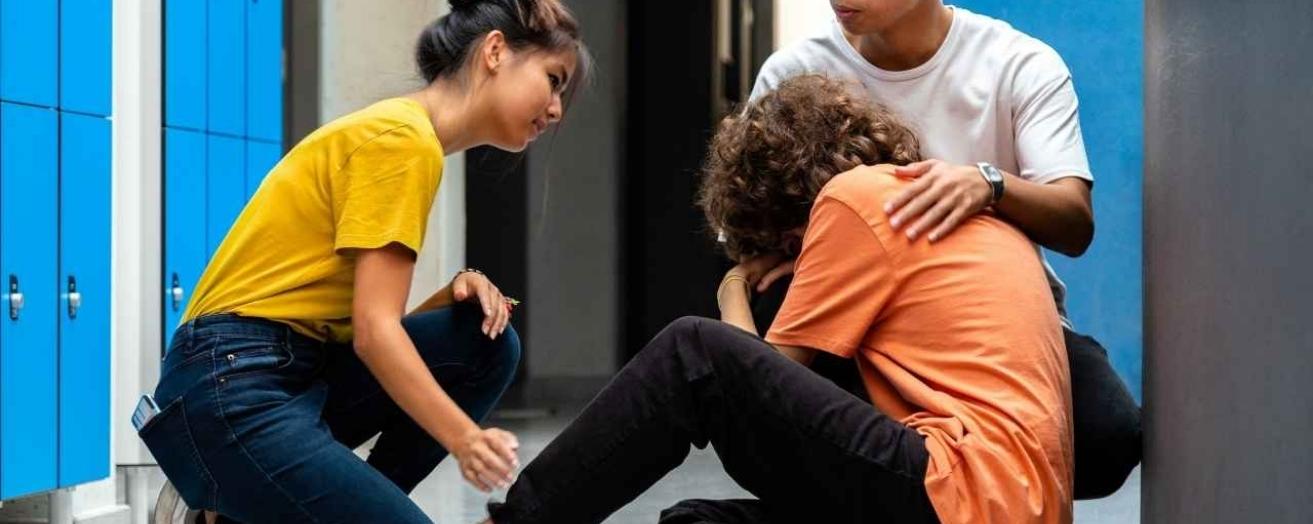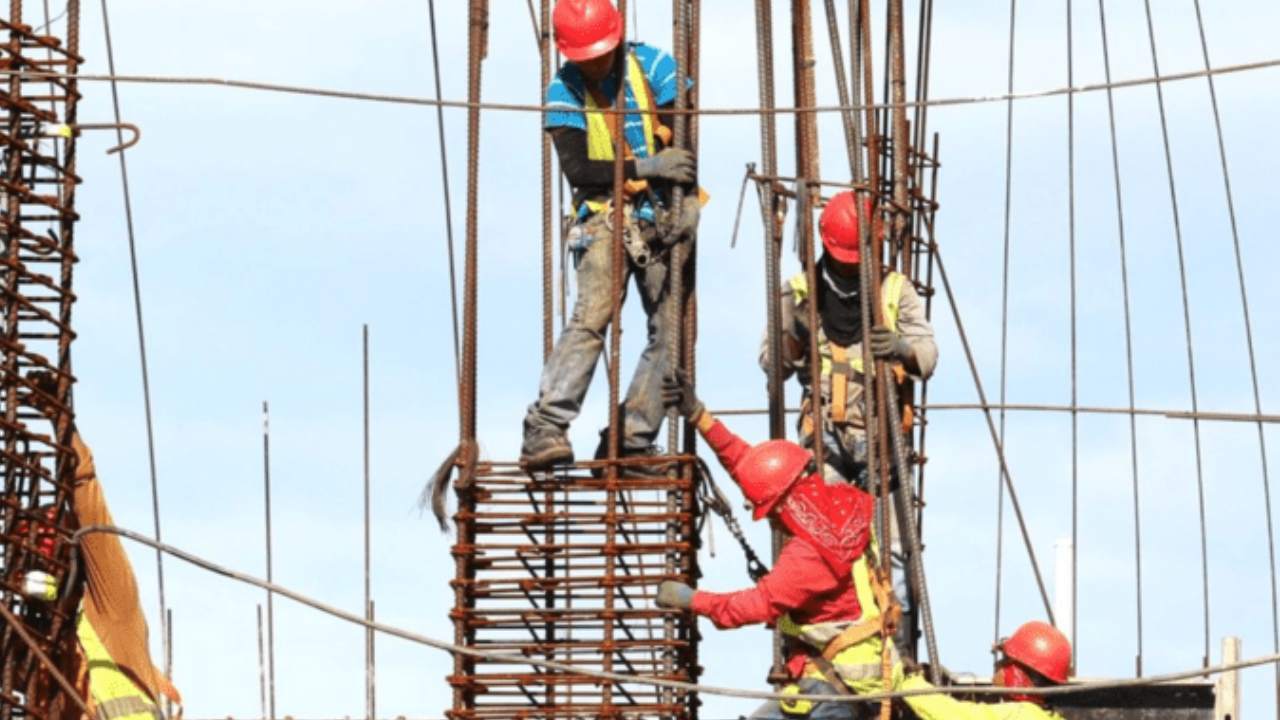Grooming is a silent and insidious threat that has been making headlines in the UK, particularly with the rise of grooming gangs and online exploitation. While the topic is difficult to confront, it is vital for parents, guardians, and community members to understand what grooming is, how it operates, and how to safeguard loved ones from its devastating effects.
This anti-grooming guide aims to shed light on the issue, equipping you with the knowledge and tools to recognise grooming, prevent it, and take action if needed.
What is Grooming?
Grooming is the process of building a relationship with a person—often a child or vulnerable individual—with the intent to exploit or harm them. This can include physical, emotional, or sexual abuse. Groomers use manipulation and psychological tactics to gain trust, isolate their victim, and exert control.

Types of Grooming
- Online Grooming: Groomers use social media, gaming platforms, and messaging apps to contact and manipulate victims.
- Community-Based Grooming: This occurs in schools, clubs, or neighbourhoods, often involving trusted adults or even peers.
- Organised Grooming Gangs: Groups of individuals who collaborate to exploit victims.
How Grooming Gangs Operate
Recent high-profile cases in the UK have highlighted the tactics of grooming gangs. These groups target vulnerable individuals, particularly children, by building trust and exploiting emotional or material needs. They often operate under the guise of friendship or mentorship, slowly isolating their victims from family and support systems.
Stages of Grooming
- Targeting: Identifying individuals who are emotionally vulnerable, isolated, or seeking attention.
- Trust-Building: Gaining trust through gifts, compliments, or promises of care and protection.
- Isolation: Creating barriers between the victim and their family or friends.
- Exploitation: Coercing the victim into harmful behaviours, such as abuse or illegal activities.
- Control: Using threats, guilt, or shame to maintain dominance and prevent the victim from seeking help.
Recognising the Signs of Grooming
The earlier grooming is identified, the better the chances of protecting the victim. Here are the key red flags:
1. Behavioural Changes in Victims
- Increased secrecy or withdrawal from family and friends.
- Unexplained gifts, money, or relationships.
- A sudden decline in mental health, including anxiety or depression.
- Spending excessive time online, often in private or unusual conversations.
2. Tactics of Groomers
- Frequent contact with a particular child or vulnerable individual.
- Unusual interest in children’s activities or spending time alone with them.
- Offering gifts or money without a clear reason.
- Frequenting online platforms where children interact.
How to Protect Your Loved Ones

Prevention is the most effective defence against grooming. Here are practical steps to safeguard yourself and those you care about:
1. Open Communication
- Encourage children and teens to talk openly about their lives, friends, and online interactions.
- Foster an environment where they feel safe discussing uncomfortable topics.
2. Monitor Online Activity
- Set clear boundaries for social media and gaming platforms.
- Regularly check privacy settings and review the apps your children are using.
3. Build Resilience
- Teach children about healthy boundaries and self-confidence to resist manipulation.
- Encourage critical thinking skills, so they can question unusual or suspicious behaviour.
- Learning self-defence can be an empowering way to build resilience and self-confidence, especially for teens and adults.
Explore our guide on how self defence courses help push back against sexual harassment to recognise and respond to potential threats effectively.
4. Community Vigilance
- Be aware of grooming behaviours in your local area.
- Advocate for safeguarding measures in schools, clubs, and other community spaces.
What to Do If You Suspect Grooming
Taking action quickly is crucial if you suspect grooming. Here are the steps to follow:
1. Recognise and Document
- Keep a record of suspicious behaviour, conversations, or incidents. This will be useful when reporting the issue.
2. Approach with Sensitivity
- Speak to the victim gently and without judgement. Let them know they are not to blame and that they have your support.
3. Report the Issue
Contact the appropriate authorities:
- CEOP (Child Exploitation and Online Protection Command) for online grooming.
- NSPCC (National Society for the Prevention of Cruelty to Children) helpline for advice and support.
- Local police if you believe there is immediate danger.
4. Provide Ongoing Support
- Help the victim access counselling or support groups.
- Stay involved in their recovery process to rebuild trust and safety.
Resources and Support
The UK offers several grooming support resources to help victims and their families. These organisations provide expert guidance, counselling, and reporting assistance:
- NSPCC Helpline: Call 0808 800 5000 for advice and support on addressing grooming cases.
- Childline: Free and confidential help for children and young people at 0800 1111.
- CEOP (Child Exploitation and Online Protection Command): Visit www.ceop.police.uk to report online grooming and exploitation.
- Stop It Now UK: Access prevention resources at www.stopitnow.org.uk.
Empowering Your Loved Ones:
Grooming thrives in silence and ignorance, but you have the power to make a difference. By raising awareness, educating yourself, and remaining vigilant, you can protect your loved ones and help foster a safer community.
At Get Licensed, we are committed to making the world a safer place. Join us in creating safer communities by sharing this guide with friends, family, and colleagues. Together, we can ensure that everyone has the knowledge and tools needed to recognise and combat grooming effectively.
Learn more about our security training programmes and safety guides for practical steps to build resilience and enhance safety. Stay informed, stay vigilant, and stay safe.












